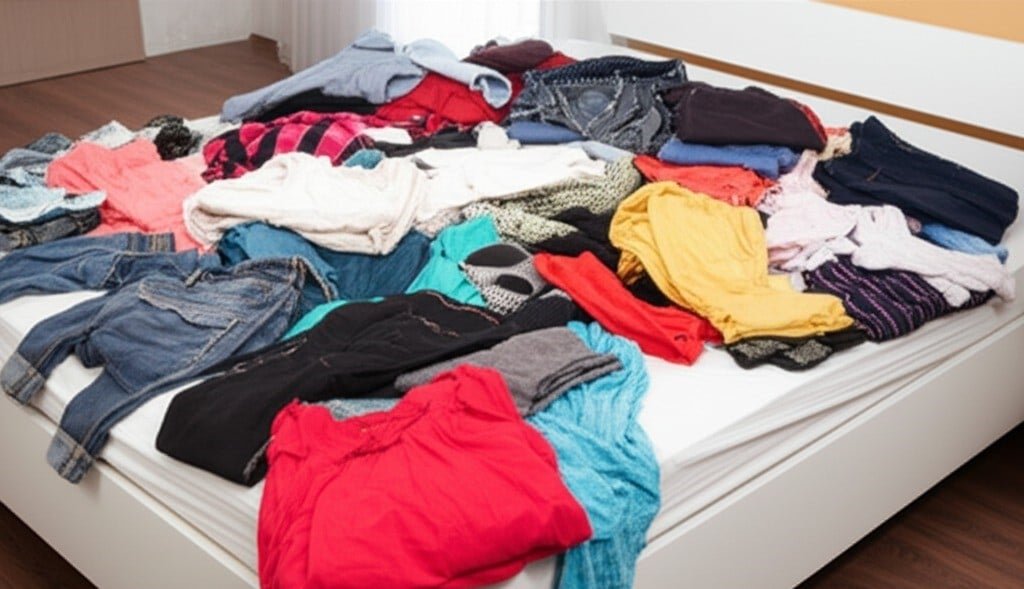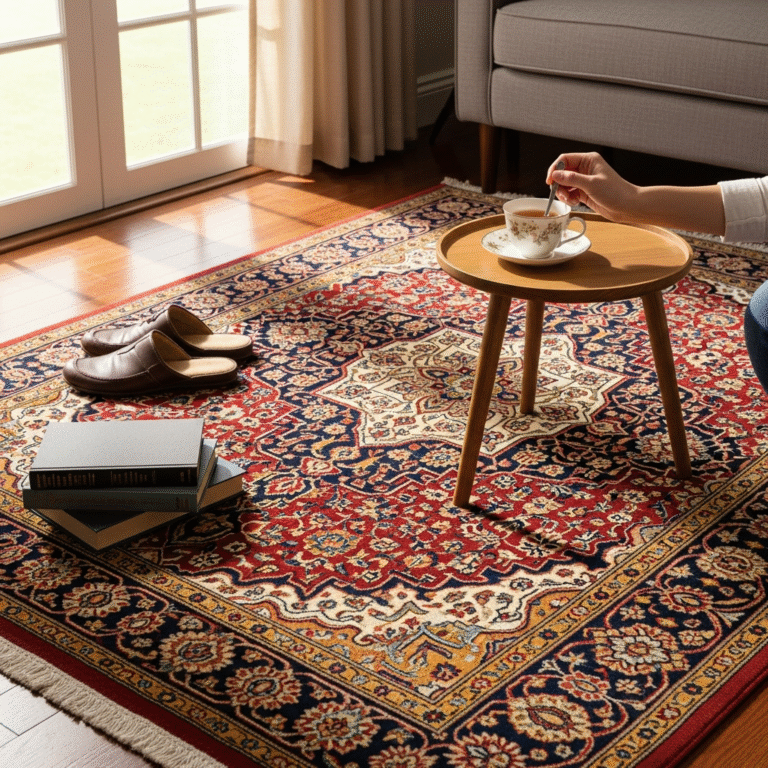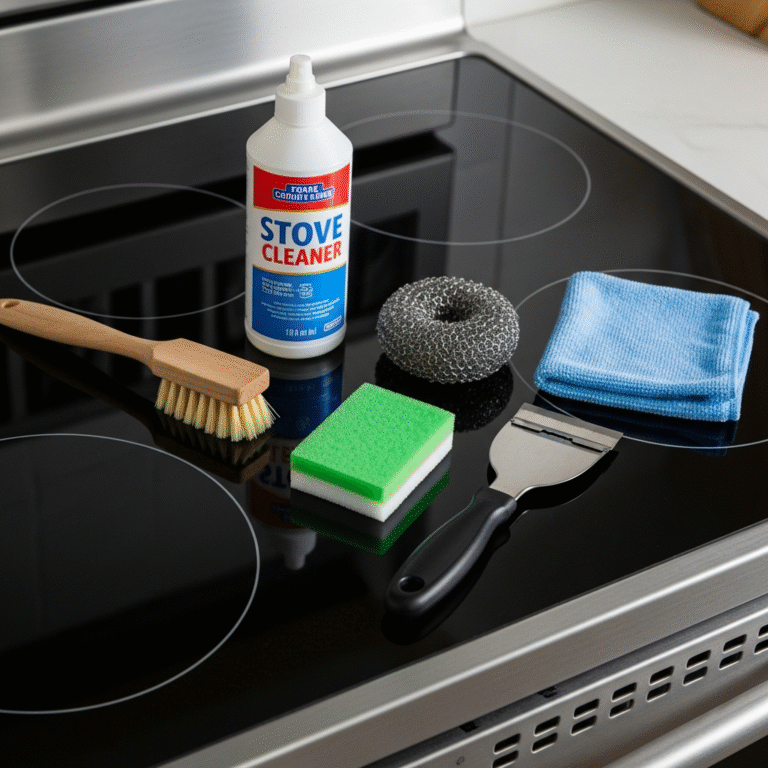A closet should be a functional space, not a source of stress. When it becomes a jumble of clothing and forgotten items, finding what you need turns into a daily chore. The path to an organized closet is a systematic process that begins with a complete reset. It requires time and a decisive mindset, but the result is a space that simplifies your routine and brings a sense of calm to your environment.
The first step is not to buy storage bins or new hangers. The first step is to allocate a block of uninterrupted time. This is not a task to be squeezed into a spare thirty minutes. Depending on the state of your closet, you may need a full afternoon or even an entire day. Prepare for the task by gathering essential supplies: heavy-duty trash bags for items to be thrown away, separate bags or boxes for donations, and perhaps another box for items that need mending or dry-cleaning. You will also need basic cleaning supplies: a vacuum with attachments, microfiber cloths, and an all-purpose cleaner.
1.Empty The Closet
Once you are prepared, the real work begins. You must empty the closet completely. Every single item must come out. Take out all the clothes from the rod, remove every shoe from the floor, clear every shelf, and empty every drawer or basket. Pile everything onto your bed. This act is crucial for two reasons. First, it forces you to confront the sheer volume of what you own. Seeing it all in one place provides a powerful perspective that is lost when items are hidden away. Second, it gives you a truly blank slate. You cannot properly organize a space that is still partially full, and you cannot properly clean it. The initial sight of the pile can be overwhelming, but this is a necessary stage of the process.
With the closet now empty, you can see the space itself for what it is. This is the time for a deep clean. Start from the top and work your way down to manage dust and debris effectively. Dust the top shelves and the clothing rod. Wipe down all surfaces walls, shelves, and baseboards with a damp microfiber cloth and a suitable cleaner. Pay attention to corners where dust and cobwebs accumulate. Use a vacuum with a crevice tool to get into all the nooks and crannies. At the end, vacuum the floor of the closet thoroughly. A clean foundation is essential; putting items back into a dusty space defeats the purpose of the effort. This is also an opportunity to inspect for any issues like dampness, mold, or pests that might have gone unnoticed.

2.The Screening
Now, turn your attention to the mountain of items on your bed. This is the most challenging and time-consuming part of the process: the sorting. Work through each item one by one. There is no shortcut. For every piece of clothing, every pair of shoes, and every accessory, you must make a decision. Create distinct piles for your sorted items: Keep, Donate, and Trash. A fourth pile, for items needing Repair, can also be useful.
To make an effective decision for each item, ask yourself a series of direct questions. Be honest in your answers. First, have you worn it in the last year? If the answer is no, the reason why is important. If it’s a seasonal item like a heavy winter coat, that’s understandable. But if it’s a regular shirt or pair of pants you haven’t touched in over twelve months, it is unlikely you will wear it again.
Second, does it fit you right now? Not if you lose ten pounds, and not if you gain some back. An organized closet is for the person you are today. Clothing that doesn’t fit takes up valuable real estate and can be a source of guilt or pressure. If it’s a high-quality item you truly love, and the size is only slightly off, you might consider a separate storage box for these “aspirational” pieces, but they should not live in your primary closet space.
Third, what is its condition? Look for permanent stains, irreparable holes, significant pilling, or stretched-out fabric. If an item is past its prime and cannot be repaired, it belongs in the trash or textile recycling pile. Don’t donate items that are in poor condition. Similarly, if an item just needs a button sewn on or a small tear mended, place it in the repair pile, but commit to getting it fixed within a specific timeframe, such as the next two weeks. If you don’t, it’s just clutter in a different form.
Fourth, does it align with your current lifestyle and personal style? Tastes and circumstances change. The suit you wore for a job you left five years ago may no longer be necessary. The trendy pieces from a few seasons ago might no longer feel like “you.” Your wardrobe should reflect who you are now and the life you currently lead.
At the end, how does it make you feel when you wear it? Clothing should be comfortable and make you feel confident. If an item is itchy, pinches, or you are constantly adjusting it, it’s not serving you. If you put something on and immediately feel self-conscious, it has no place in your streamlined wardrobe. The goal is to open your closet and see only things you would be happy to wear.
Be particularly ruthless with duplicates. Do you really need six similar black t-shirts or four pairs of nearly identical blue jeans? Keep the best one or two the ones that fit best and are in the best condition and donate the rest. Dealing with sentimental items can be difficult. A dress from a special occasion or a sweater inherited from a loved one holds meaning beyond its function. If you don’t wear it but cannot part with it, consider creating a separate memory box for these few precious items. They are keepsakes, not active wardrobe pieces, and should be stored as such.
Once the sorting is complete, immediately bag up the trash and put the donation boxes in your car to be dropped off as soon as possible. The longer they sit in your home, the more likely you are to second-guess your decisions and pull items back out.

3.Organization
Now you are left with only the items you intend to keep. Before putting anything back, it’s time to strategize. The goal is not just to fit everything in, but to create a system where everything is visible and accessible. Begin by grouping all like items together. Put all your t-shirts in one pile, all your long-sleeved shirts in another, all your pants together, all your skirts together, and so on. This categorization is the foundation of organization.
Consider the physical layout of your closet. The most valuable real estate is the space at eye level and within easy reach. This is where your most frequently worn items should live. Formal wear, seasonal items, and other pieces you use less often can be placed on higher shelves or in the back of the closet.
Decide what should be hung and what should be folded. Items that wrinkle easily, such as blouses, button-down shirts, dresses, skirts, and trousers, should always be hung. Jackets and blazers also belong on hangers. Items that can stretch out when hung, such as heavy knit sweaters, should be folded. T-shirts, jeans, and workout gear can also be folded to save space.
For the items you hang, investing in uniform hangers makes a remarkable difference. Using a collection of mismatched wire and plastic hangers creates visual chaos and allows clothes to snag and slip. Slim velvet hangers are an excellent choice. They save a significant amount of space, prevent clothes from falling off, and create a clean, uniform look that makes it easier to see each individual item. As you hang your clothes, continue to group them by category. Hang all the shirts together, then all the pants, then all the dresses. For an even more refined system, you can organize each category by color, from light to dark. This makes selecting an outfit faster and more intuitive.
For folded items, how you fold matters. Instead of stacking folded items on top of one another in a drawer or on a shelf, use the “file folding” method. Fold the item into a neat rectangle and then store it vertically, like a file in a filing cabinet. This allows you to see every item at a glance, so you don’t have to dig through a stack to find the shirt you’re looking for. Drawer dividers are extremely useful for keeping these filed items, as well as socks and undergarments, neat and contained.
Use shelves for folded sweaters, jeans, and storage bins. Baskets or clear bins are perfect for containing smaller items like scarves, belts, or hats. Labeling these bins is essential; otherwise, they just become another form of hidden clutter. Clear shoe boxes or a shoe rack can get your footwear off the floor and make pairs easy to find. If space is limited, an over-the-door organizer can be used for shoes or accessories. Utilize all available vertical space with hooks on the wall or door for robes, purses, or frequently used jackets.

4.Maintenance
The final step is maintenance. An organized closet will not stay that way on its own. Adopt the “one in, one out” rule. When you buy a new piece of clothing, an old one must be donated or discarded. This prevents the slow accumulation of clutter. Spend five minutes at the end of each day or week putting things back in their designated homes. Don’t let clothes pile up on a chair or on the floor. At the change of seasons, take the time to properly store your off-season clothing in sealed bins under the bed or in another storage area. This frees up prime space in your closet for the items you need now. A little bit of regular upkeep is far less daunting than another massive overhaul a year from now.
A well-organized closet is more than just a tidy space. It is an efficient system that removes a small point of friction from your daily life. It allows you to see what you have, find what you need, and start your day with a sense of order and control.

Achieving a truly organized home is about creating clear, functional systems, just like the process of decluttering and arranging a closet. Toronto Shine Cleaning brings this same level of detailed organization and deep cleaning to every room, transforming your space into one that is both pristine and effortlessly manageable.



















